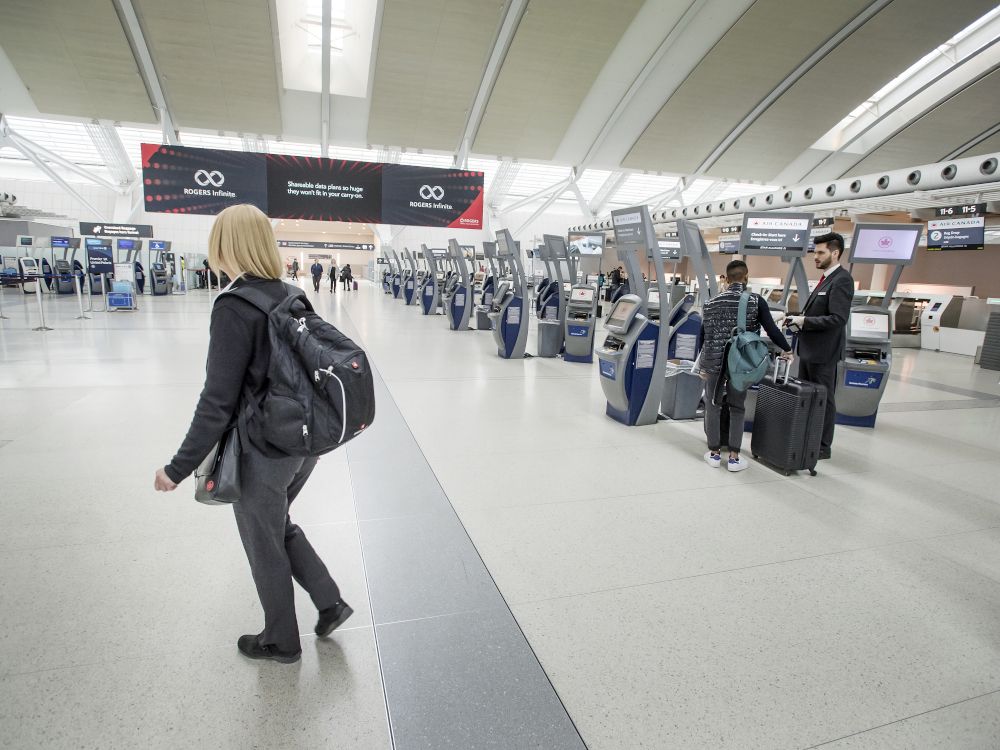smably
Senior Member
The article I linked upthread discusses an Imperial College study that modelled a similar strategy to the one suggested by this doctor (social distancing for those over 70). The results of that strategy were pretty dire:I don't endorse the following P.O.V..
I do put it forward for consideration, as I think its important to here from field experts, both those offering the prevailing view; and those w/dissenting opinions.
Its a column written by an Oakville based doctor, infectious disease specialist and microbiologist arguing that the current strategy is not workable and should be reconsidered.

Why draconian measures may not work: Two experts say we should prioritize those at risk from COVID-19 than to try to contain the uncontainable
Testing and tracking down contacts is ultimately futile for this virus, as it devotes enormous resources to finding cases that are largely mild and spontaneously re…nationalpost.com
(I recommend the entire Twitter thread. It's pretty scary, assuming that the modelling is accurate.)





/cdn.vox-cdn.com/uploads/chorus_asset/file/19814659/89913286_10219726497046716_5798405037298286592_o.jpg)